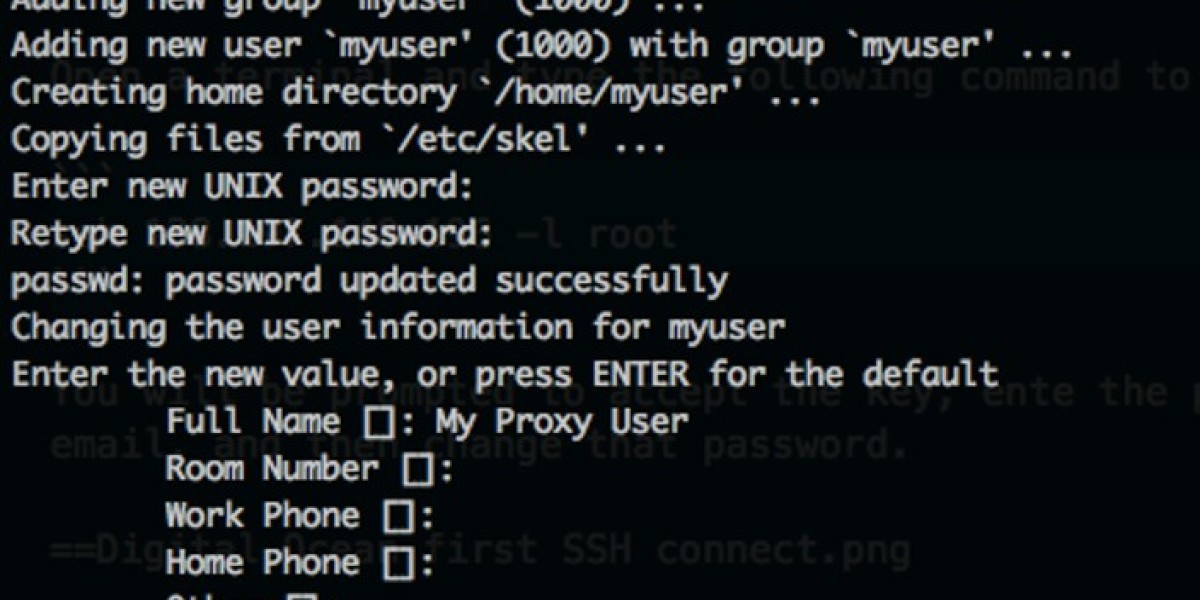Flexible Printed Circuit Boards: The Backbone of Modern Compact Electronics
Introduction
As consumer electronics, medical devices, and wearable technology continue to shrink in size and grow in complexity, the demand for innovative circuit solutions has never been higher. Flexible Printed Circuit Boards (FPCBs) have emerged as a critical technology, offering lightweight, bendable, and space-saving alternatives to traditional rigid PCBs. They enable the design of compact, durable, and highly reliable electronic devices.
What Are Flexible Printed Circuit Boards?
Flexible Printed Circuit Boards are electronic circuits printed on flexible polymer substrates such as polyimide or polyester films. Unlike rigid PCBs, FPCBs can bend, fold, and twist without damaging the circuitry, making them ideal for applications where space and flexibility are paramount.
Key Features of Flexible PCBs
Flexibility: Can bend and fold around complex shapes.
Lightweight and Thin: Reduces device weight and profile.
Durability: Resistant to vibration and mechanical stress.
High Density: Supports fine lines and compact layouts for complex circuits.
Thermal Stability: Suitable for high-temperature environments.
Applications of Flexible PCBs
? Consumer Electronics: Smartphones, tablets, laptops, and wearables use FPCBs to save space and enhance portability.
? Medical Devices: Implantable devices, diagnostic equipment, and flexible sensors rely on FPCBs for biocompatibility and design flexibility.
? Automotive: Flexible circuits are used in dashboards, lighting systems, and sensors where vibration resistance and compact design are essential.
? Aerospace and Defense: Lightweight and reliable circuits are critical for avionics and space applications.
? Industrial Equipment: Used in robotics and machinery for flexible interconnections.
Manufacturing Process
The production of flexible PCBs involves depositing copper circuitry on flexible substrates through photolithography, etching, and lamination. Advanced processes allow multilayer flexible circuits and integration with rigid sections (Rigid-Flex PCBs) for hybrid designs.
Market Overview
The global flexible PCB market is booming, driven by rapid advancements in electronics miniaturization and IoT device proliferation. Valued at approximately USD 14 billion in 2023, the market is expected to grow at a CAGR of 9-11% through 2030, fueled by strong demand from consumer electronics and healthcare sectors.
Advantages of Flexible PCBs
? Design Versatility: Enables innovative product designs with curved and foldable electronics.
⚡ Improved Reliability: Fewer connectors and solder joints reduce failure points.
⏱️ Faster Assembly: Simplifies device assembly and reduces wiring complexity.
? Weight Reduction: Critical for portable and aerospace applications.
? Space Savings: Ideal for compact and high-density circuit layouts.
Challenges
? Higher Initial Cost: Manufacturing is more complex and costly than rigid PCBs.
? Design Complexity: Requires specialized design tools and expertise.
? Handling Sensitivity: Flexible materials are more susceptible to damage during manufacturing and assembly.
? Thermal Management: Heat dissipation can be challenging due to thin substrates.
Future Trends
Foldable and Wearable Devices: Increasing adoption in flexible smartphones, smartwatches, and health monitors.
Integration with Printed Electronics: Combining flexible PCBs with printed sensors and displays.
Advanced Materials: Development of new substrates with improved flexibility and thermal resistance.
Rigid-Flex Hybrids: Combining the strengths of rigid and flexible boards for complex electronics.
Conclusion
Flexible Printed Circuit Boards are revolutionizing electronic device design by offering unparalleled flexibility, lightweight construction, and reliable performance. As consumer demand pushes for smaller, smarter, and more adaptable devices, FPCBs will continue to play a vital role in shaping the future of electronics across industries.
For manufacturers and designers, embracing flexible PCB technology opens the door to innovative products and competitive advantage in an evolving market.
Read More
| Ultra Large Scale IC Market |
| US Wi Fi Chipset Market |
| US Serial NOR Flash Market |
| US Portable Spectrometer Market |
| US Barcode Label Printer Market |








